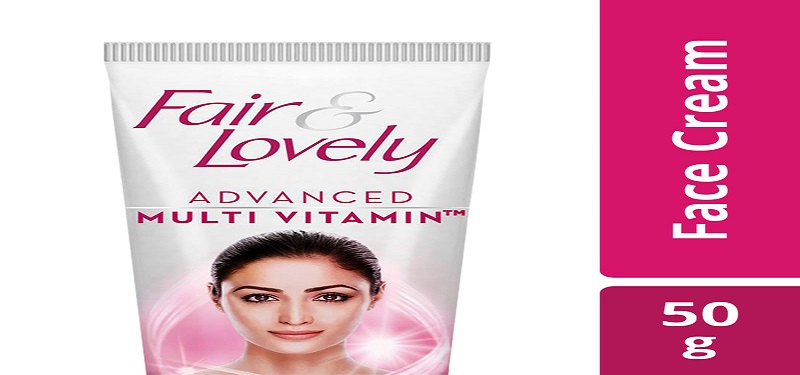Righteous move to remove ‘fair’ from lovely

Beauty is beyond color, caste, and creed. And the recent fallout by the several consumer bodies for promoting the notion of ‘fairness is determinant of beauty and success’ has been vehemently ridiculed. Facing such immense protests and reactions from various platforms, now FMCG major Unilever has decided to drop the word ‘fair’ from its bestselling skin lightening cream Fair and Lovely. Moreover, Unilever decided to remove other words such as “fair, white, & lightening,” in the packaging and communication of the iconic fairness cream and plans a rebranding of the same.
Unilever and its Indian subsidiary Hindustan Unilever Limited (HUL) and others have been criticised extensively for superficial claims and promoting colourism and making girls with darker shades feel insecure and inadequate. Pressure had been mounting since last week when US multinational Johnson and Johnson announced it would no longer produce or sell two of its creams which are popular in Asia and the Middle East in response to the death of George Floyd and the worldwide debate about racism it sparked.
A recent BBC report says Fair and Lovely is India’s largest selling skin lightening cream, with 24bn rupees ($317m; £256m) in annual revenue. The authenticity of the fairness creams has always been doubtful. To check the viability of such creams, Consumer VOICE in the year 2008 tested 10 brands of fairness cream where the report discarded the notion that fairness creams make you ‘fairer.
It would not be erroneous to say that the Rs 3000 crore fairness cream market is mere eyewash. It first plants, and then plays upon the planted insecurities in the consumer mind to keep raking in profits.
If we consider the overall scores obtained by the 10 brands in Consumer VOICE tests, it is evident that fairness efficacy results were ‘very light improvement’ and not lasts longer. In 2019, the Indian fairness cream market was reportedly worth nearly Rs 3,000 crore, according to the India Fairness Cream & Bleach Market Overview (2018-2023). Market revenues were expected to reach Rs 5,000 crore by 2023, the study estimated. This is unsurprising considering skin lightening products take up about half of India’s skincare market, according to a 2019 study by the World Health Organization.
How we did it?
Consumer VOICE tested all the 10 brands of fairness creams for their application efficacy by impaneling female and male volunteers who applied a fairness cream on their face (and neck wherever applicable) for four weeks according to application instructions given by the manufacturers. The volunteers were in the age group 18-40 years. To judge the performance of fairness creams, evaluation through photometry tests done under controlled conditions was carried out. The volunteers so chosen were neither too dark in complexion nor fair.
The results clearly show that fairness creams cause such little improvement that one might as well do without them. There is not much sense in using a fairness cream that costs anything between Rs 50 to Rs 500 and does precious little to lighten one’s complexion.
What’s inside your fairness cream?
Fairness creams (usually applied in summers) are generally stable mixtures of oils, fats, other essential ingredients, and water. Oil-soluble and water-soluble substances are brought together in an emulsifying agent to make a fairness cream. Of the 10 creams tested by Consumer VOICE, only Garnier and L’oreal mention ‘water’ as its key ingredient and on top of the list of ingredients. The rest of the brands completely ignore the presence of water as an ingredient, even when laboratory tests prove that all fairness creams tested have water as their major constituent.
Related
Decoding Cyber Coverage in India: Your Ultimate Guide
In today's technology-driven landscape where digitalization is ubiquitous, companies confront an escalating threat landscape in the form of...
Navigating Insurance Options: Comprehensive Coverage for Diabetics in India
As the prevalence of diabetes continues to rise steadily in India, individuals grappling with this chronic condition encounter myriad challenges,...
Understanding International Travel Insurance
International travel insurance serves as a financial product crafted to shield travellers from unforeseen events and expenses while journeying...


